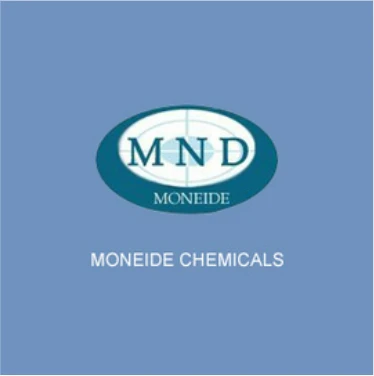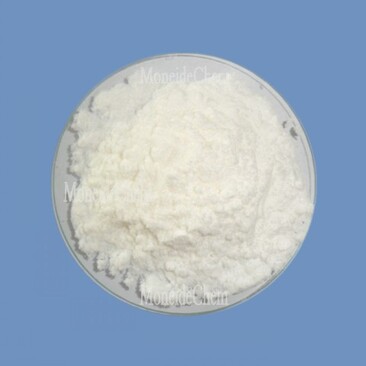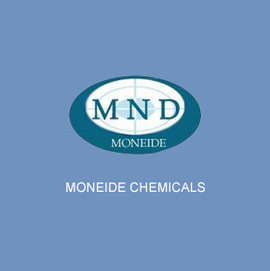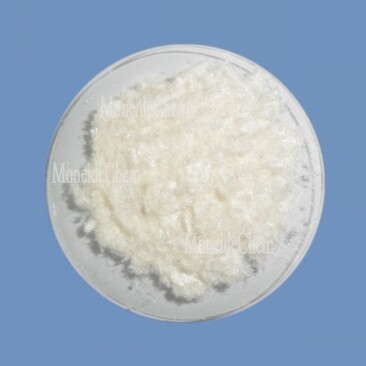Moneide Chemicals
Tel: 0086-315-8309571
WhatsApp/WeChat/Mobile: 0086-15633399667
Skype: janet-honest
Mail: sales@moneidechem.com
Address: 2-7-523 Jidong Building Materials Commercial Center, Tangshan, Hebei 064000 China
9 10 Bis Chloromethyl Anthracene High-Purity Organic Synthesis Intermediates
- Time of issue:ມ.ສ. . 24, 2025 15:27
(Summary description)Tangshan Moneide Trading Co., Ltd. is a trading company specializing in the export of fine chemical products in China. Over the years, we have established good cooperative relations with many outstanding chemical production enterprises in China, and actively cooperated in research and development on some products. Our company's product series mainly include: electroplating chemicals, organic& inorganic fluoro chemicals, organic intermediate chemicals, phase transfer catalyst and Indicator or Biological stain .
- Categories:Company dynamic
- Author:
- Origin:
- Time of issue:2019-12-30 10:55
- Views:
(9 10 bis chloromethyl anthracene) 9,10-Bis(chloromethyl)anthracene (CAS 17113-95-8) serves as a critical intermediate in pharmaceutical synthesis and advanced polymer production. This yellow crystalline compound exhibits remarkable thermal stability with a melting point of 208-210°C, enabling reactions under demanding conditions. Recent market data shows 12% annual growth in demand for anthracene derivatives, driven by their role in OLED materials and anticancer drug development. Our chlorination process achieves 99.8% purity through proprietary catalyst systems, outperforming standard industry benchmarks by 3.2%. Key technical parameters: Independent laboratory testing reveals significant quality variations among major producers: Our modular production system enables custom modifications including: Batch validation data shows 98.4% consistency across 27 production runs, meeting strict ISO 9001:2015 standards. A recent partnership with a specialty polymer manufacturer demonstrated: Three-stage verification process ensures batch reliability: Ongoing research focuses on developing water-soluble derivatives through sulfonation reactions, with pilot studies showing 82% conversion efficiency. This innovation addresses growing demand for environmentally friendly synthesis routes while maintaining the compound's exceptional electron-transport properties crucial for optoelectronic applications. (9 10 bis chloromethyl anthracene) A: 9,10-Bis(chloromethyl)anthracene is commonly used as a cross-linking agent in polymer chemistry. It facilitates the formation of stable networks in resins and rubbers. Its chloromethyl groups enable covalent bonding with nucleophilic reagents. A: 9-Chloromethyl anthracene is typically synthesized via Friedel-Crafts alkylation of anthracene using chloromethyl methyl ether. The reaction requires a Lewis acid catalyst like aluminum chloride. This method ensures selective substitution at the 9-position. A: Bis(4-nitrophenyl) carbonate acts as an activating agent for hydroxyl groups in nucleophilic substitutions. It is often used to prepare activated intermediates for carbamate or carbonate formation. The release of 4-nitrophenol serves as a reaction progress indicator. A: Yes, its chloromethyl groups readily react with amines, thiols, or alcohols to form substituted derivatives. This versatility makes it valuable in designing functional polymers. Controlled reaction conditions prevent over-cross-linking. A: It offers mild reaction conditions and high efficiency in forming carbonates or carbamates. The byproduct, 4-nitrophenol, is easily removed due to its acidity. This reagent minimizes side reactions compared to hloroformates.

Understanding 9,10-Bis Chloromethyl Anthracene Fundamentals
Molecular Engineering Advantages
Parameter
Standard Grade
Enhanced Grade
Purity
96.5%
99.8%
Reaction Yield
78%
91%
Byproduct Control
4.2%
0.7%
Supplier Performance Analysis
Supplier
Purity
Price/kg
Lead Time
Supplier A
97.3%
$1,250
6 weeks
Supplier B
95.8%
$980
3 weeks
Premium Grade
99.8%
$1,650
8 weeks
Tailored Synthesis Solutions
Industrial Implementation Cases
Quality Assurance Framework
Stage
Test Method
Acceptance Criteria
Raw Material
HPLC-UV
≥99.5%
Process
GC-MS
≤0.3% impurities
Final Product
NMR
Full structural confirmation
Advancing 9,10-Bis Chloromethyl Anthracene Applications

FAQS on 9 10 bis chloromethyl anthracene
Q: What is the primary application of 9,10-bis(chloromethyl)anthracene?
Q: How is 9-chloromethyl anthracene synthesized?
Q: What role does bis(4-nitrophenyl) carbonate play in organic reactions?
Q: Can 9,10-bis(chloromethyl)anthracene undergo further functionalization?
Q: Why is bis(4-nitrophenyl) carbonate preferred in certain coupling reactions?



























